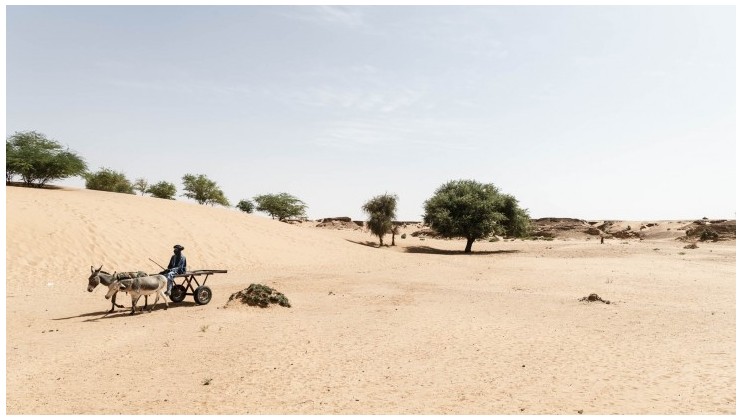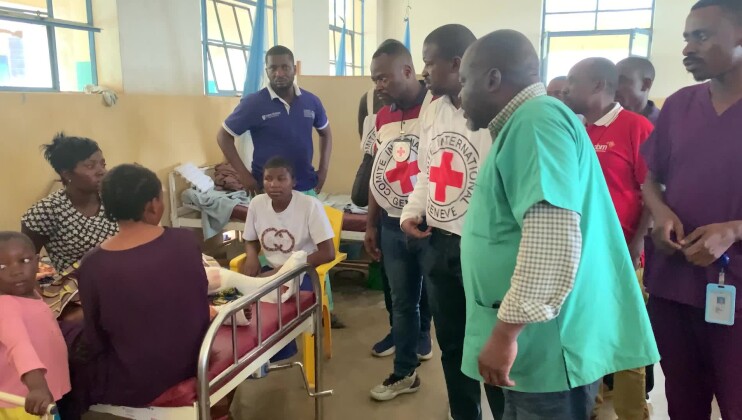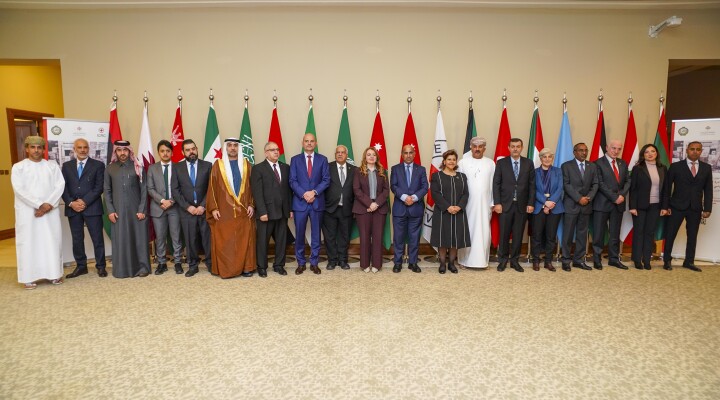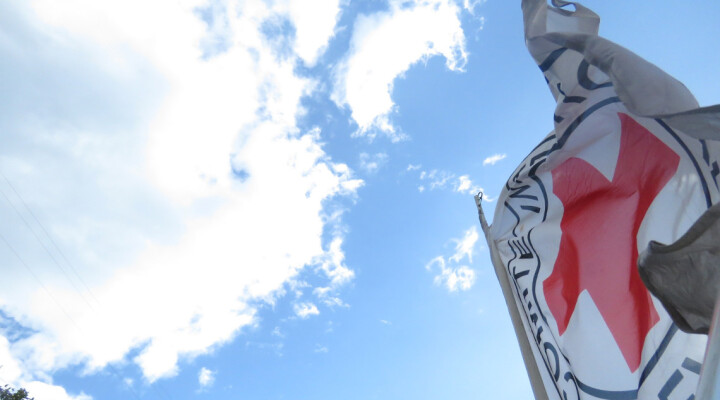Mali-Niger: Climate change and conflict make an explosive mix in the Sahel
Geneva (ICRC) - The effects of climate change are exacerbating conflict between communities in both Mali and Niger, leading to a deepening of poverty, a weakening of public services and a disruption to traditional means of survival.
The violence and challenges facing the region are not only due to the conflict, but are also tied to diminishing usable land and unpredictable water resources, Peter Maurer, president of the International Committee of the Red Cross, said after an eight-day visit to the region.
“Age-old tensions between farming and herding communities are intensifying because of climate change as the availability of usable land goes down and water sources become less reliable,” Mr. Maurer said. “Climate change adds a complicating layer in a region where underdevelopment, endemic poverty, widespread criminality and violence already make life so fragile. This explosive combination means there must be a radical shift in approaches to the Sahel, which strengthen people’s ability to better withstand climate shocks.”

Temperatures in the Sahel are rising 1.5 times faster than the global average. Rainfall is erratic and wet seasons are shrinking. The U.N. estimates that roughly 80% of the Sahel's farmland is degraded even as roughly 50 million people in the Sahel who depend on livestock compete for land.
As of late 2018, an estimated 33 million people in the Sahel are classified as food insecure. Impoverished communities struggle to safely access healthcare, find schools for their children, or secure a basic income. Seeking ways to provide for their families, people can be confronted with difficult choices, including migrating along dangerous routes or joining armed groups.
Violence is on a worrying trajectory. The research group Armed Conflict Location & Event Data Project found that Mali registered 1,686 deaths in 2018, compared to 949 in 2017 and 320 in 2016. Hot spots are also spreading, from Northern to central Mali, and along the borders between Niger, Mali and Burkina Faso.
Regardless of how much climate change might fuel the violence, what is clear is that communities’ survival is that much harder when they are affected by both at once.
“Residents in Mali and Niger already know that the increasing scarcity of resources exacerbates the violence between pastoralists and agriculturalists,” Maurer said. “There is a lot of energy to find solutions, but we must help people strengthen their ability to cope with the effects of climate change and violence, as this explosive mix is not going away anytime soon.”
Climate change does not detract from the responsibility of all armed parties - forces, militias, and groups - to respect humanitarian law and do much more to prevent violations from taking place. But major and urgent political efforts to mitigate climate change are critical to avert the most disastrous consequences for the Sahel. Alongside global climate action, specific actions may include:
Building partnerships and planning for the long-term, as well as investing in new financial models. Donors, humanitarians, local organisations and scientists need to work with communities to implement longer-term solutions. Humanitarian organisations should work to prevent situations of suffering instead of responding to them.
Water and energy management needs to be improved at scale, and such efforts must be facilitated on the ground. On a local level, solutions can include an increased use of solar-powered pumping stations and small dams that hold water during times of rain, allowing the water to seep into the ground and replenish aquifers. Limiting environmental degradation throughout is crucial.
Malians and Nigeriens need to know they have viable futures and prospects. Given today's realities, this involves improving access to education, training and jobs, including through micro-economic initiatives, and to help strengthen people's ability to identify solutions themselves and implement them at scale. This will require innovative financial mechanisms to expand traditional humanitarian assistance and help people create livelihoods in fragile environments.
Notes:
- A new and powerful website developed by the Igarapé Institute and earthtime.org illustrates how all the indicators on climate are in the red, and how violence is increasing in different areas of the Sahel. ICRC collaborated with the Igarapé Institute and Earthtime.org on this initiative to visualize how these combined phenomena are playing out. Earthtime.org used open source data from a variety of scientific and other reliable sources to capture these dynamics. These firstly paint the broad picture of these dynamics in the Sahel and how its climate is changing (see here), then focused on the way violence is impacting the sub-region, zooming in on Mali particularly (see here), before looking at what solutions could be considered (see here).
- The Sahel refers to the region of West Africa that encompasses Mauritania, Mali, Burkina Faso, Niger and Chad, sometimes also known as the Western Sahel.
For interview requests and inquiries please contact:
Germain Mwehu, ICRC Bamako, tel: +223 76 99 63 75
Kadidia Abdou Djabarma, ICRC Niamey, tel: +227 92 19 91 96
Krista Armstrong, ICRC Geneva, tel: +41 79 217 32 87




